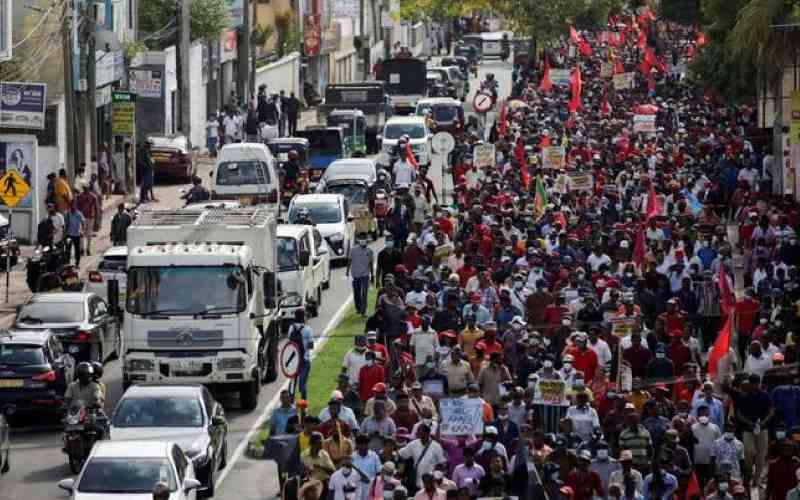×
The Standard e-Paper
Truth Without Fear

It takes ages to build an economy. Yet, one upheaval, such as the Covid-19 pandemic, is enough to destroy an economy, even one that stood on solid grounds.
The implosion will be swift and far-reaching if the economy is founded on shaky grounds as it happened in Sri Lanka.